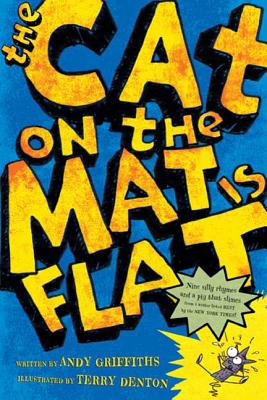I'm so impressed by Isabel's enthusiastic immersion into graphic novels. And so impressed with how you're finding what engages her.
Sometimes, when I suggest graphic novels to parents of not-yet-reading children, I get confused or panicked looks. It's not immediately apparent to many how one reads comics out loud. Can you talk a bit about how you do it? Do you say, "Then Bone says,..." Do you point at each picture? How do you match the words said out loud with the many pictures on each page?
Yesterday, I came around a corner in the book section and found a regular customer lying on the floor in front of the sports section. She was intensely sorting through some of the sports books aimed at younger kids -- ones on the almost-floor-level shelf. Turns out she was looking for books to entice reluctant readers quite different from Isabel: she works with a group of 11 year-old boys who are barely reading. She wanted books with these attributes:
- Large type, preferably that can fit fewer than five or six words per line.
- Not many words per page.
- No baby-ish stories -- these guys are in 5th grade.
- Topics that would interest them -- that's why she started in the sports section.
We came up with a wide array.
The Best of Pro Football had big type, possibly too many words on a page, but high-interest topic, so she was going to give it a try.
I'm always partial to non-linear books for kids who are having trouble reading. I'm thinking of the type of book -- usually non-fiction -- that one can open to any page, read the page, close the book and feel one has accomplished something. In fiction, you can read 80% of the story but feel you've failed if you don't get to the end.
So the next one we ended up with was National Geographic's Myths Busted from the random-facts shelf. There's a myth --
and on the next page a de-bunking: BUSTED (coin is too flat and light, but a ball-point pen can become an arrow and inflict fatal damage). Another non-linear book. A variety of typefaces but most of them are pretty big, and the topic definitely doesn't feel like a first-grade reader.
Then I offered The Cat on the Mat is Flat, by Andy Griffiths. It's a reader, but a thick one: it looks like a chapter book from the outside. I measured the spine: it's half an inch. The mom talked about the status a book with a significant spine gives struggling readers. Inside, it's definitely a reader: "There was a duck. His name was Chuck. Chuck the Duck drove an ice-cream truck." The stories in it have titles like, "Frog in a Bog on a Log," "Harry Black, the Sack, the Snack, and a Sneaky Snack-Stealing Yak Called Jack," and "The Cat, the Mat, the Rat, and the Baseball Bat." But Griffiths makes fun of the form while he uses it. A story which starts, "The cat sat. The cat sat on the mat." adds a rat who is chased by the cat until it gets fed up and finds a baseball bat, at which point the chase reverses and there's eventually a two-page spread of KERSPLAT! It's possible that it's enough humor for an 11 year-old...
Once again, the constant variety of this job gives me something to look forward to every time I walk around a corner. First time I've found an adult stretched out on the floor with no child in sight, I think.
Love,
Deborah




No comments:
Post a Comment